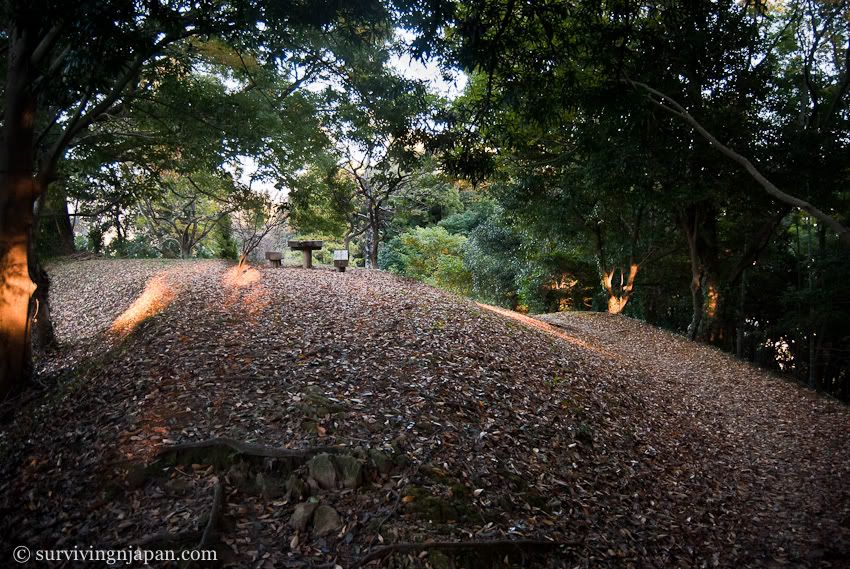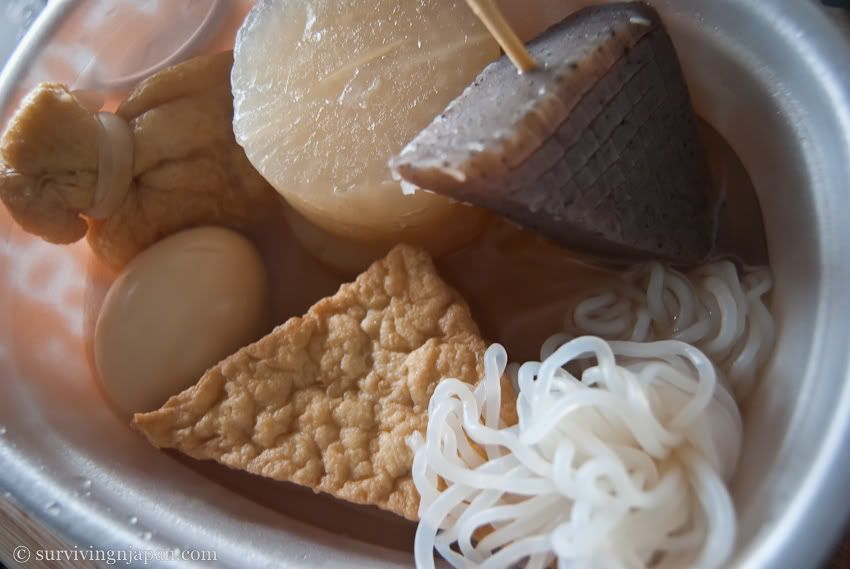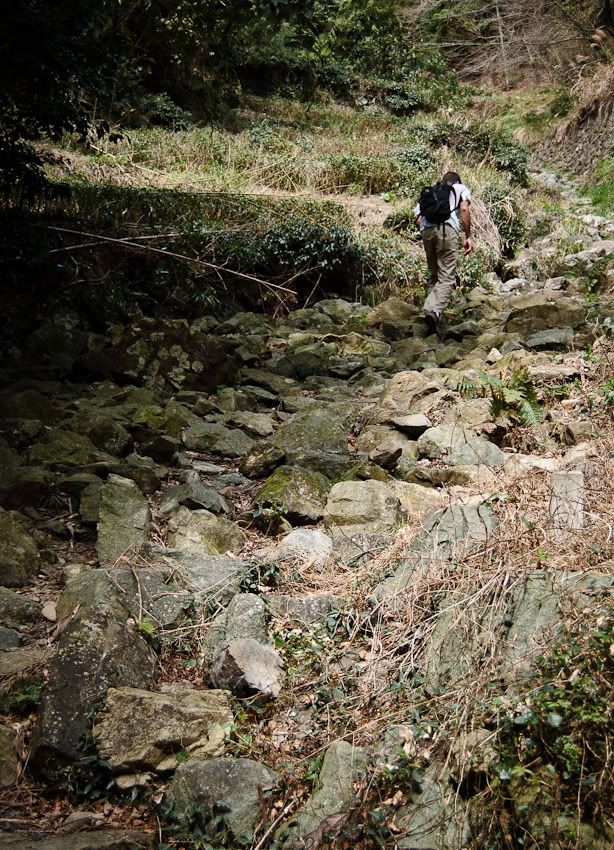People mention regularly that it must be the rainy season. Early. Otherwise known as 梅雨、(つゆ、tsuyu). Although, coming from Seattle, I don't consider the rainy season an actual rainy season. The rain comes and goes, but it's the humidity that kills you. Even after taking a shower, no matter how much you try to dry off, the moisture is thick and sticky and clings to you throughout the day. The air feels as if trying to breathe in a sauna. And hair... that's the time I don't bother wearing my hair down anymore. It frizzes and curls and does whatever it wants. Yes, the rainy season.
Except that, this is April! Almost May... it isn't really the rainy season. Yet the rains come, and never go. Every few days there will be a sunny day,
maybe warm, but not very likely. Last Saturday was supposed to be one of those days... My husband and I wanted to bike to a nice park, paddle around a lake, and enjoy the day. But no, those plans were ruined with freak rain showers that left us soaked. We didn't get to the park, we just stopped at a department store along the way. As we were admiring the nice selection of Kettle chips, (sometimes difficult to find) my husband pointed to the window. The glass appeared liquid, as rain pelted against it. No going to the park that day.
After a brief rain shower this morning, the sun is out and appears that it may stay for a week or so. We'll see how long this lasts... and the rainy season isn't that far off.
I realize it has been much too long between posting, and I have a list of things to write about, but need to gather some pictures for them. If anything crosses your mind that you are curious about, feel free to leave a comment about it.
For now though, I want to recommend a few great tools that have increased my motivation to study (and remember) Japanese ten-fold.
First of all,
Twitter. I was a skeptic at first, but now that I've seen what good it can do, how easy it is to network with people, how to find resources, news and practice Japanese, among other things, I am convinced. So if you aren't using it, well, you should. I strongly recommend it.
Second,
smart.fm. They have some great lists such as Japanese Core 2000 and Intermediate 6000 for studying vocabulary (and kanji). Of course, there are many other things you can study, but the interface is so interactive and useful that I can't help but study every day. Before, I was in a bit of a slump, and having a hard time pushing to the next level, but smart.fm is quite motivating.
Check 'em out, if anything they'll help improve your Japanese.
Oh, and there's a great site I discovered not long ago that goes much more in depth concerning learning Japanese (and has some great pictures of Japan!)
zonjineko
Now, time to take advantage of the sun - while it's here!


































